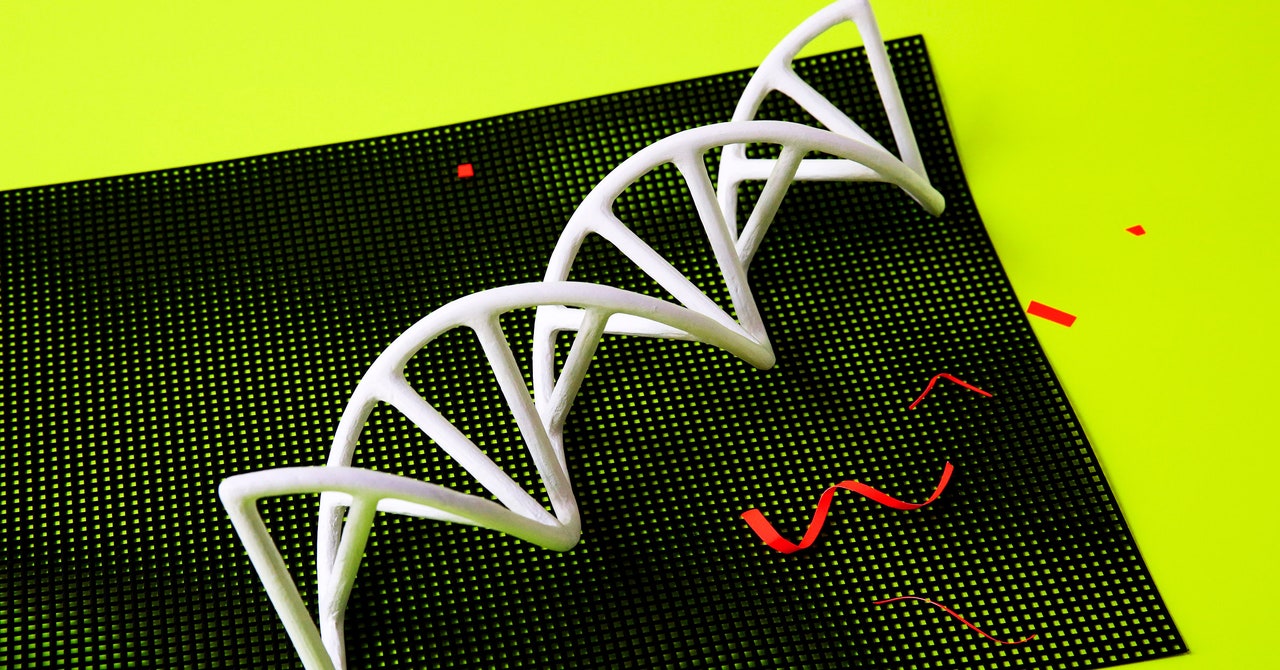
The new paper is the result of herculean computational analyses, involving researchers in Germany, Spain, and the United Kingdom, to better understand the role ancient retroviruses play in early embryonic development—how they harm, and how they help. It sprang from work Singh had done as a PhD student at the Max Delbrück Center in Berlin, when he gathered datasets from 11 studies to painstakingly trace individual embryonic stem cells from fertilization to implantation.
He ran an analysis that grouped cells based on the similarity of their gene expression. Most were clustered according to genetic markers that determine their fate within the growing embryo—for example, if they will become part of the ectoderm, the precursor to skin and brain cells, or the endoderm, which evolves into respiratory and digestive tissues.
But one cluster did not seem marked for any kind of future. Instead, they had the signatures of DNA damage and precursors to apoptosis, a controlled mechanism that the body uses to cull stressed or damaged cells. This damage, Singh suspected, was LINE-1’s calling card. Singh’s team dubbed these damaged cells “REjects,” a nod to their cause of death: RE for “retroelements” like LINE-1, “rejected” from the growing embryo.
On the embryo’s fifth day after fertilization, Singh’s team found, the self-destructing REjects still exist alongside the healthy cells they will sacrifice themselves to protect. But the surviving cells express something that the REjects do not: HERVH. Despite being another ancient invader, HERVH actually suppresses LINE-1, shielding the pluripotent cells from harm and ensuring that they can continue to divide. “It’s kind of a romantic relationship,” says Singh. “These retroviruses had invaded to kill the system, and now they are working to protect the system against other retroviruses.”
The five-day-old embryo is surrounded by an outer layer of cells that will soon become the placenta. LINE-1 is active within these cells too, but unlike REjects, they don’t die. Singh suspects that because the placenta only sticks around for nine months, rather than a whole lifetime, its cells don’t last long enough for DNA damage to matter.
These findings are “remarkable,” says Ware. But drawing strong conclusions about embryonic development in the womb based on a lab study is tricky. While LINE-1 and HERVH expression appeared mutually exclusive—REjects expressed LINE-1 and not HERVH, and vice versa for surviving cells—these researchers had no way to find direct evidence that HERVH controls LINE-1, says Cedric Feschotte, a molecular biology and genetics professor at Cornell University who was not involved in this study. Ware adds that it is also unknown whether REjects are merely garbage, or whether they serve a functional, albeit brief, role in the developing embryo.
Embryonic stem cell research is also hard to do because it’s ethically fraught. Many regions don’t allow it, and in those that do, researchers rely on leftover embryos, frozen at roughly five days old, donated by parents after they’ve had a successful IVF cycle. Since these embryos are observed outside the parent’s body, researchers “can’t quite rule out that some of the results are an artifact of in vitro culture,” says Feschotte.
With the introduction of synthetic embryos, three-dimensional balls of cells derived from stem cells rather than from sperm and eggs, Feschotte thinks scientists may be able to answer some of these lingering questions.
Singh says the ability to pick out pluripotent cells from REject cells within the early embryo will be indispensable for researchers studying regenerative medicine, who need to be able to grow different types of body tissues in order to create laboratory models of diseases. Identifying potential causes of embryonic cell damage also expands our understanding of early pregnancy. Perhaps someday, Feschotte says, monitoring levels of LINE-1 expression in embryos growing in fertility clinics may help explain very early losses at the implantation stage.
But more than anything, these findings illustrate that the genome is not just an instruction manual but an entire ecosystem. “There are interactions between prey and predators,” says Feschotte. “All of these really complicated biological interactions, they’re all happening in the genome.”

